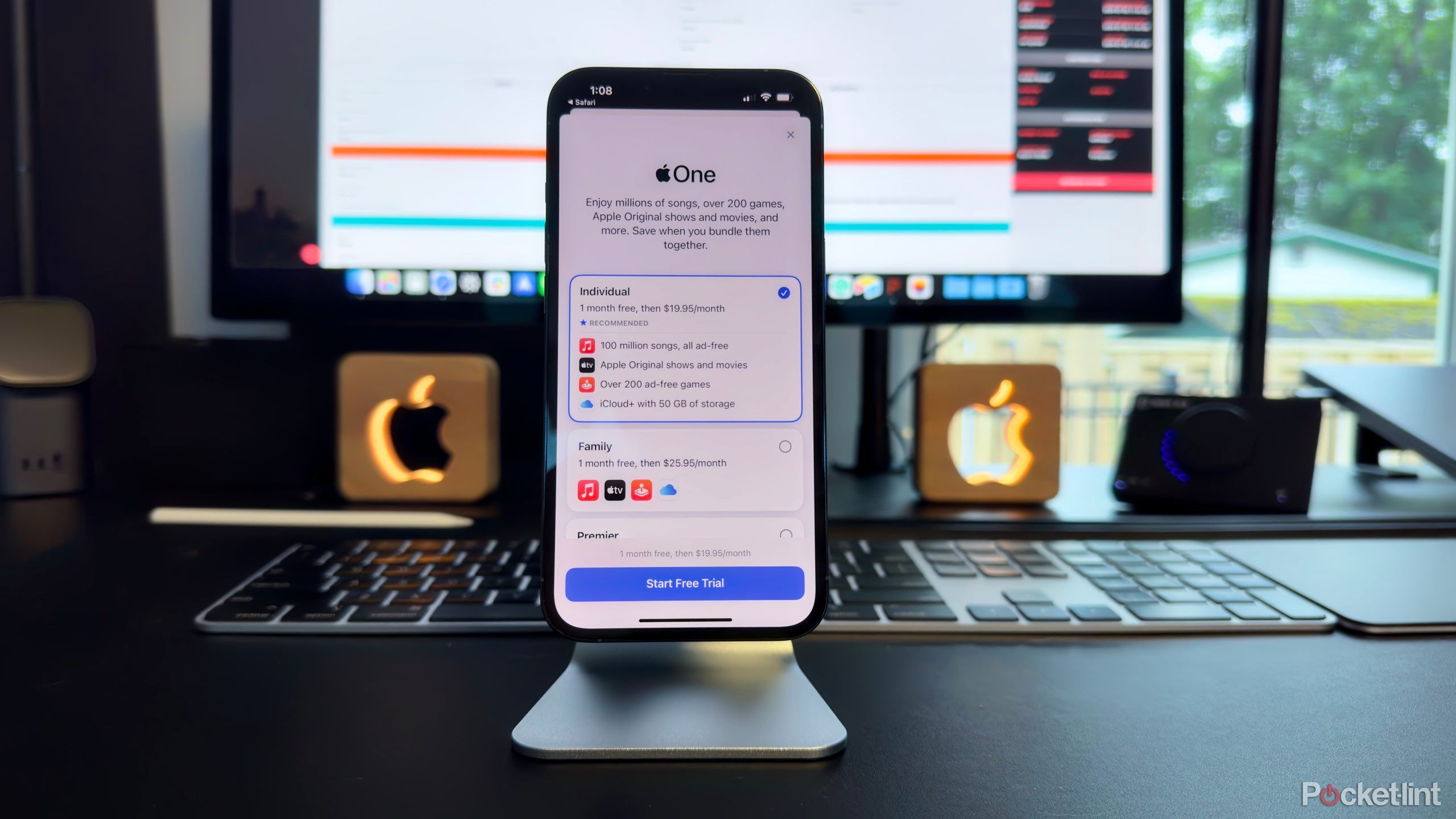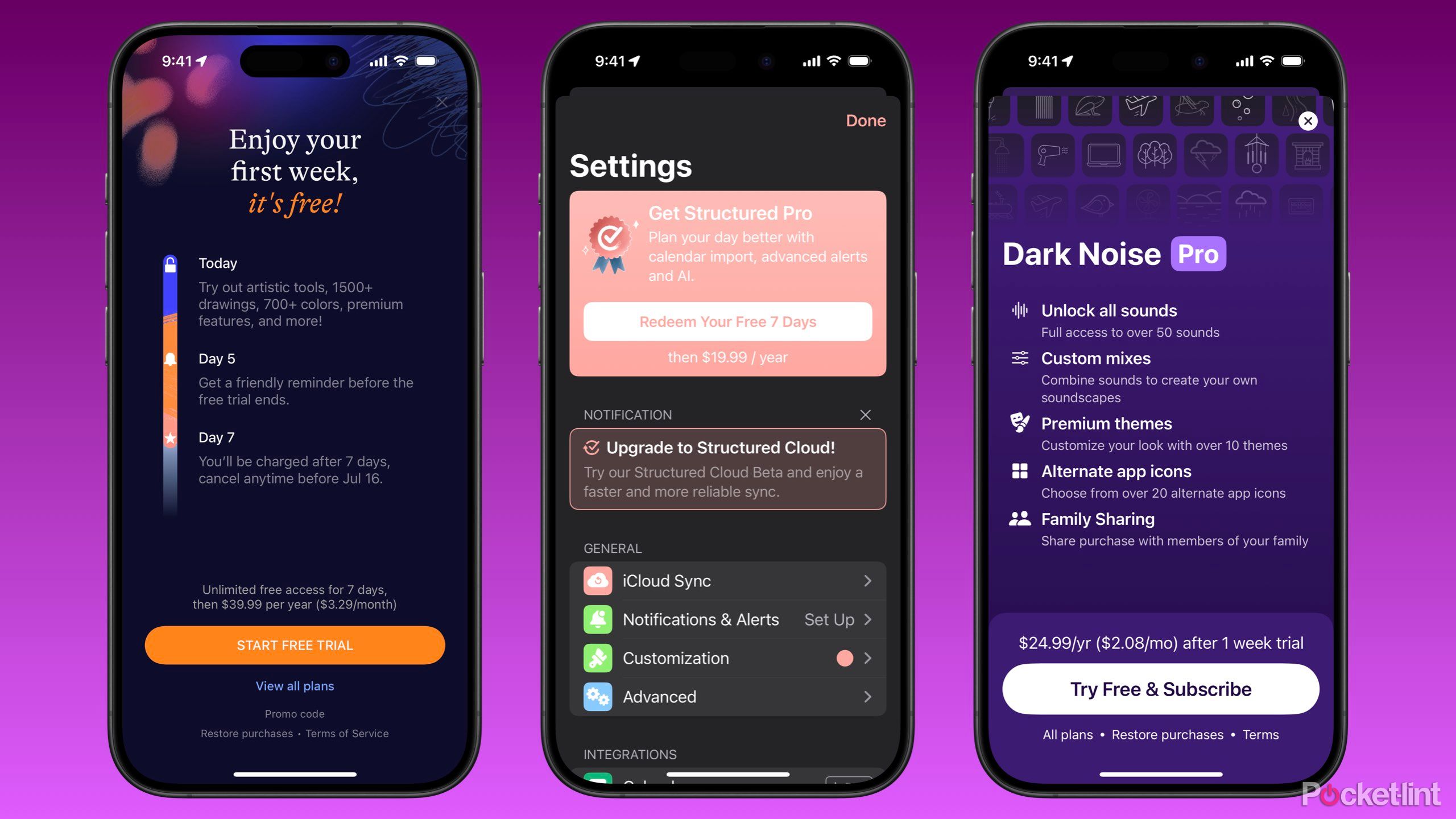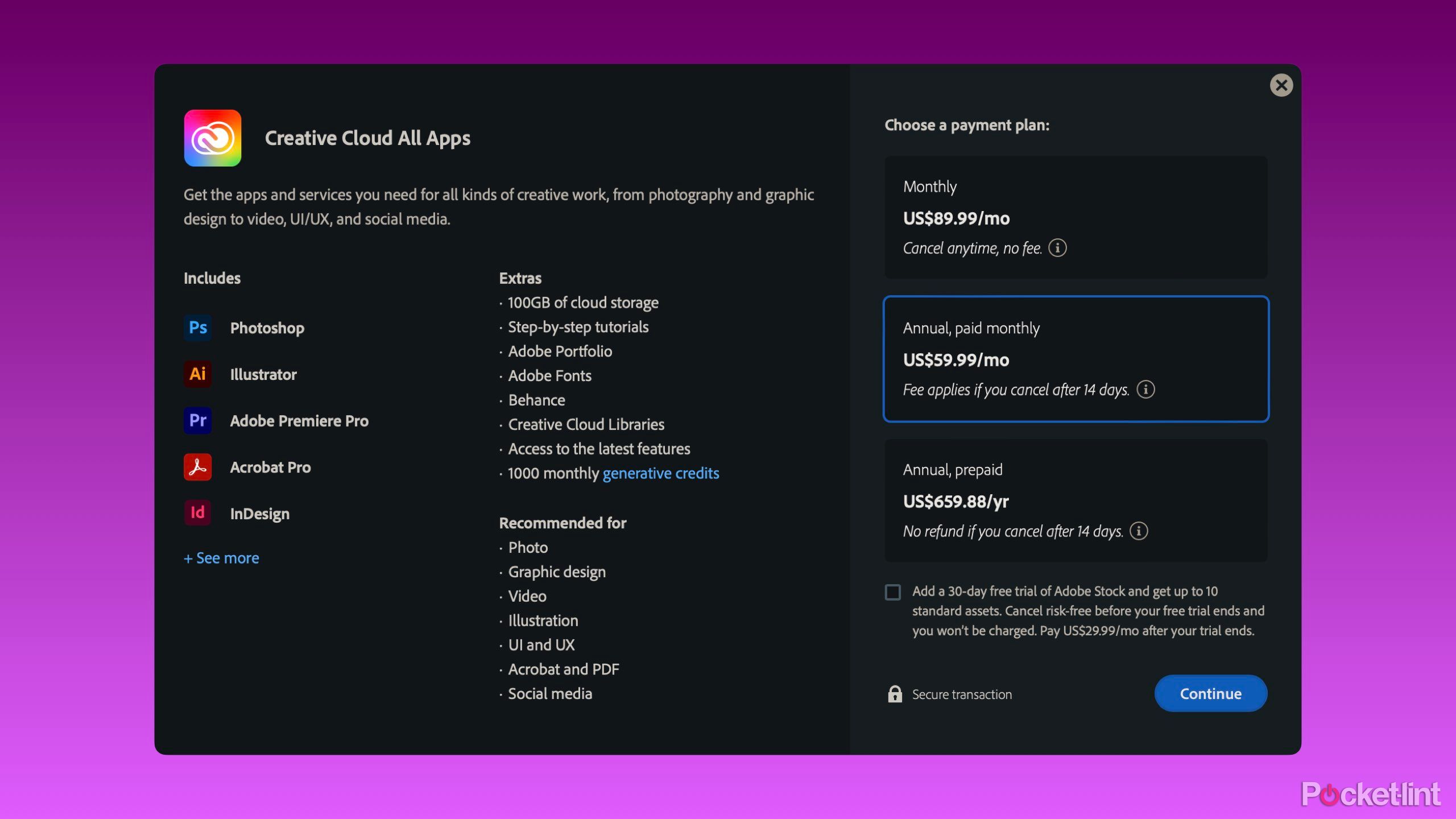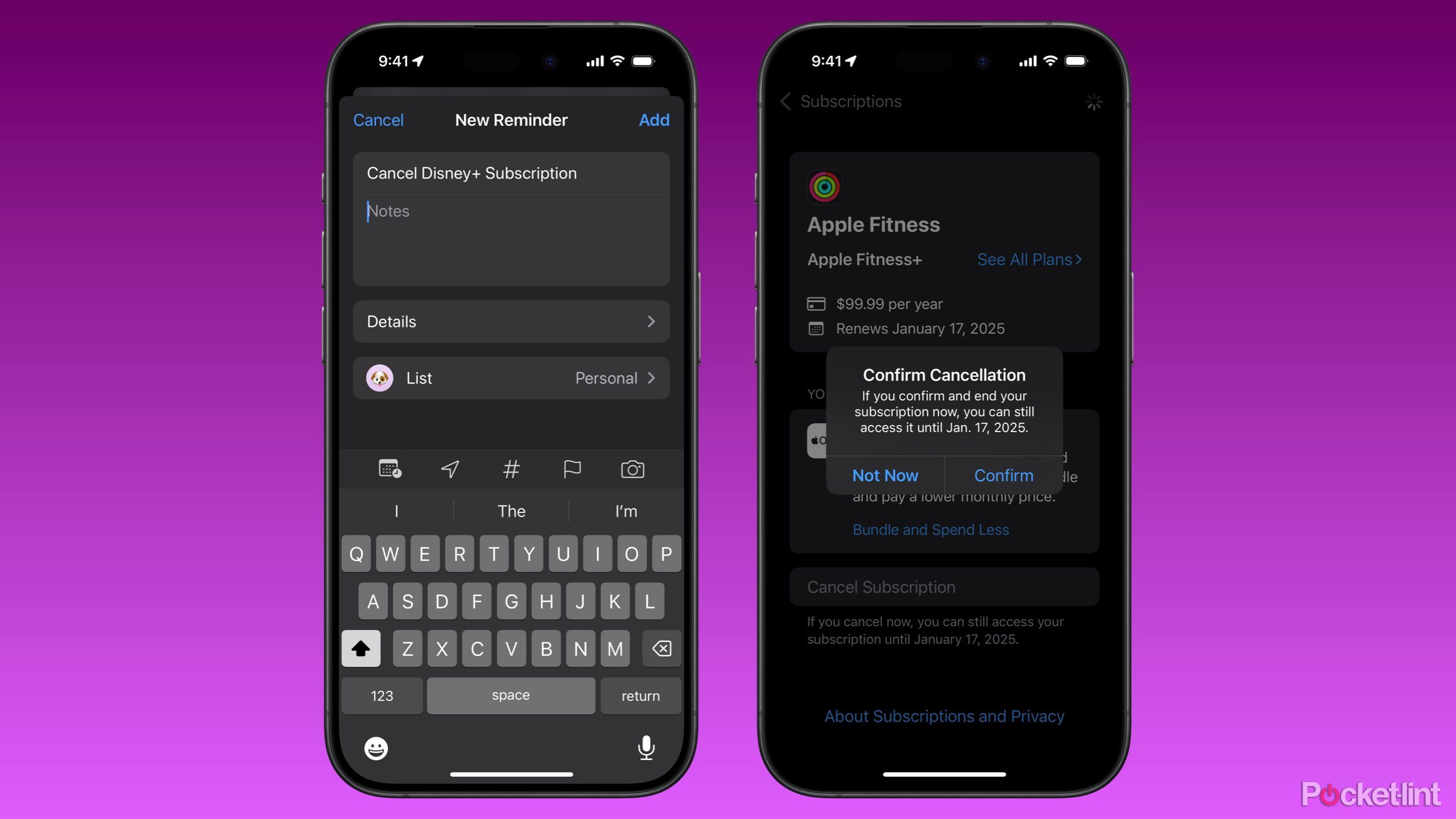Key Takeaways
- 72% of Americans feel overwhelmed by the number of subscriptions they have.
- Subscriptions benefit both consumers and developers.
- The best way to limit the impact that subscriptions have on you is to cancel them consecutively.
What was the last service you subscribed to? How did it make you feel? Nearly three-quarters (72%) of Americans feel overwhelmed by the number of subscriptions they have. Consumers are nostalgic for the heyday of one-time purchases and frustrated by the shift to subscriptions for not just services but physical goods as well.
There are two types of subscriptions: consumables and physical goods. Consumables include communications services, streaming platforms, and meal kit delivery platforms. These are services that incur ongoing costs to provide due to software updates, implementation of new features, service infrastructure, content sourcing, replenishment, etc. Physical goods include subscriptions for socks, dog toys, or other items that don’t require buying new every month.
If I feel a service provides value and the price is reasonable, I usually don’t complain (too much) about paying for it.
It’s not that I like subscriptions, but I don’t hate them either. I mean, consumable subscriptions. Frankly, I don’t understand product subscriptions. I really don’t. Still, if I feel the service provides value and the price is reasonable, I usually don’t complain (much) about paying the fee. I understand the economics of app subscriptions and why one-time purchases are on the decline. That being said, I set reminders and switch subscriptions based on what I’m watching or using at the time.
Here we’ll discuss the pros and cons of subscriptions and give you some tips for managing your subscriptions.

Related
Is it still worth buying Apple One in 2024?
The tech giant’s all-in-one subscription option launched in 2020, but it’s unclear whether it still offers the same level of value four years on.
Subscription debate
Merits of the discussion
One-time purchase apps and services are not suitable for long-term business models. Most one-time purchase apps see a spike in sales upon release, with occasional small increases and decreases. Despite the lack of stable revenue, the apps are expected to remain compatible with future iOS updates and roll out new features.
To address these challenges, one-time purchase apps offer new versions that support the latest operating systems and introduce new features for a fee each year. Some consumers preferred this model because the current app provided all the features they needed, but others did not, so a subscription seemed like a compromise.
When this model works as intended, everyone wins.
By turning an app into a subscription or offering a service as a subscription, consumers agree to pay the vendor a recurring monthly or annual fee in exchange for ongoing new features, compatibility with the latest operating system releases, and ongoing product support and features. When this model works ideally, everyone wins: consumers continually support a platform that adds value to their lives, and at the same time, developers establish a steady, healthy revenue stream that allows them to continually iterate and improve their products.
Streaming platforms are notorious for increasing prices while continually locking exclusive content within their services.
Subscriptions also benefit from expanding access through free tiers and free trials. One-time purchase apps always face the challenge of convincing users to buy the app without being able to try it first. Subscriptions allow consumers to use the free tier, try out the paid features for a limited period of time, and consider whether to upgrade to a paid plan. Even if they don’t upgrade, users of the free tier are expected to act as advocates, recruiting new users who may be willing to pay for the platform.
Arguments against subscriptions
Shortcomings of the argument
Of course, the problem with the move to subscriptions is that it’s often used as a way to make money against users. Adobe is currently being sued by the US Federal Government for deceiving consumers into subscriptions that were too difficult to cancel. Amazon has also been criticized for intentionally making Amazon Prime too difficult to cancel. Adobe and Amazon are just two examples in an ever-growing list. As we’ve written before, 1Password alienated many users by switching to subscriptions and removing the option to self-host with a one-time purchase.
Popular Mac menu bar app Bartender was recently acquired under questionable circumstances by a company that allegedly purchased the app, made minimal changes, and switched it over to a subscription. Streaming platforms are notorious for keeping exclusive content locked within their services while continually raising prices. There’s more I could write, but I think you get the gist.
Subscription Management Tips
Become a churner
- Review your monthly expenses. It’s a good idea to review your financial accounts each month to identify what services you’re paying for and cancel any you’re not using.
- Set a reminder. If you sign up for a free trial or subscribe to a service, set a reminder to cancel, if necessary, 1-2 days before your subscription renewal date to avoid being charged for renewal.
Subscriptions usually allow you to continue using the service until the end of the payment period.
- Please cancel immediately. Cancel a service as soon as you sign up for it. If it has a free trial, set a reminder to cancel as soon as the trial period is over. Subscriptions usually allow you to keep using the service until the end of the paid monthly or yearly period. If you cancel right away, you’ll be forced to renew it when the subscription expires, something you don’t do with services you don’t use. I think this tip works best for services that you’re not sure you’ll continue after the initial subscription period.
- Use Apple’s in-app purchases where possible. If you’re using an Apple device, we leverage Apple’s In-App Purchase (IAP) system for the same price. IAPs can be easily cancelled within Settings or the System Preferences app, and we send renewal reminders to help you stay on top of your active subscriptions.
The best advice you can receive is to become a serial customer churner.
- Be a serial churner. The most useful advice is to become a serial churner. A serial churner is someone who cancels a subscription when they are not using it and re-subscribes when they need it. Serial churners are most commonly found in the streaming industry, where people sign up for one service for a few months, for example to watch Acolyte on Disney+, then cancel when they are done and switch to another service. When they are done with that other service, they cancel and subscribe to another service. This approach works best if you can narrow down all the content you want to watch to one platform and watch it over a period of time without switching to another service. Most serial churners stick with their main streaming service all year, but switch to other services as needed. I also use this approach with productivity tools, subscribing for a month or two and then canceling when I create a specific project.




